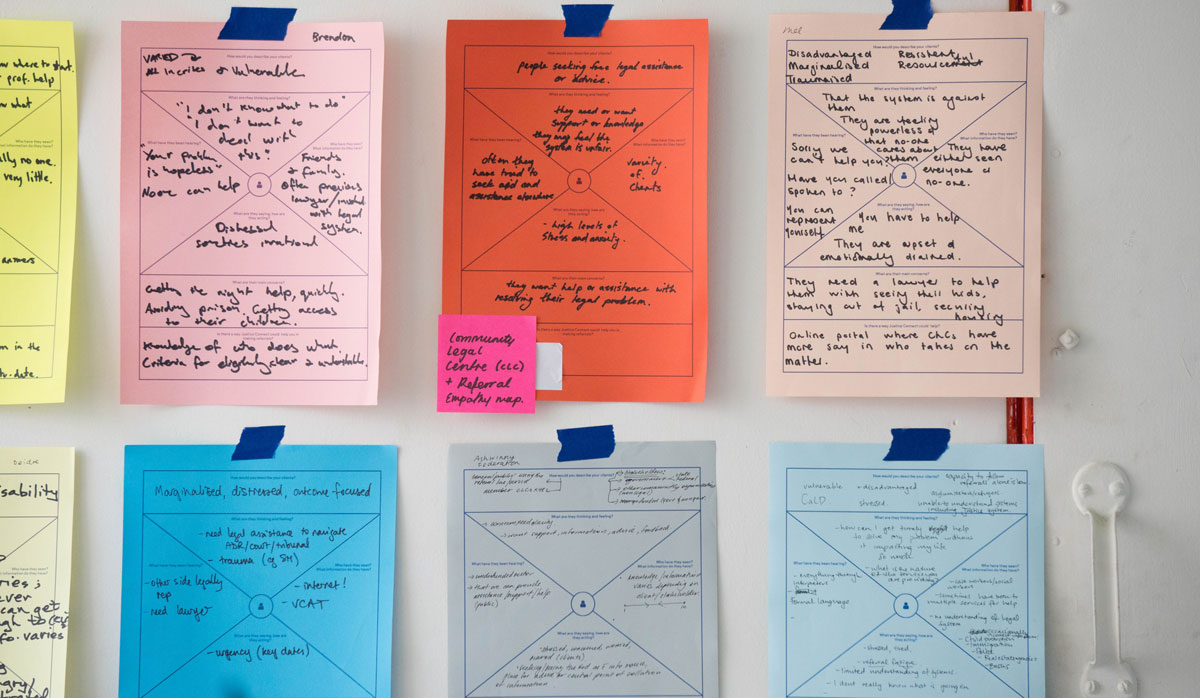Business Process Re-engineering involves redesigning the core organizational processes in order to improve product quality and output or reduce costs. The goal is to analyze company workflows to discover processes that aren’t efficient and then optimize those processes to eliminate tasks that do not offer any value.
Business Process Re-engineering is not an easy task and can be costly, time-consuming and risky. In this article, we are going to dig a little deeper into a few strategies and steps you can use to successfully re-engineer your process.
1. Know your requirements
The first step for business process re-engineering, or BPR, is knowing your requirements.
You have to understand both a benchmark of where your organization is, a crystal-clear idea of how work gets done today, and at least the start of scoping out why you want to do BPR.
One trap we often see is that companies have the idea to take on a PBR project before they have an understanding of what problem they have.
For instance, one company might choose to engage a BPR project because they feel that their systems could be improved.
And while optimization is always welcome, there are often faster and cheaper ways to do it than BPR.
Therefore, organizations need to do two things for a successful BPR project.
First, define their requirements based on a benchmark, current state, and an ideal future state.
Second, define the scope of the project, outlining exactly why you’re planning on doing this and what the justification is for further investment.
From these early discussions, you can extract a full project brief and act strategically.
Tips to learn your requirements
1. Map your current requirements
You need to understand where you are, and that means mapping your existing processes.
First, document your formal workflow. How is work supposed to be completed? What’s the process that makes work happen?
Second, document your informal workflow. No workflow is every 100% followed. Workarounds emerge, bottlenecks are mitigated, people meet in hallways to discuss changes.
You need to find and document the way things are actually done, both because this will help you uncover what needs to be fixed, but also will show you where your current systems are lacking.

2. Benchmark your current processes
You need to know what the current performance level is based on your business objective and KPIs (more on these in a minute). The reason you need to know is that this is the benchmark you’ll measure it against to see if your new business processes are effective or not.
Benchmarking is usually a relatively simple matter. Either you review historic performance and, when you get to linking a business strategy, you simply choose the right metrics.
Alternatively, you break your overall process into component parts and set up benchmarks within each one.
3. Talk to end users and executives
Involve executive leadership and end users early and you’re a lot more likely to be successful. Leadership can help you understand your processes and, as we’ll see, involving them early increases buy-in significantly. End users offer invaluable insight into how you can improve the process from an on-the-ground perspective.
2. Link your business process re-engineering to a business strategy
We mentioned it earlier but it’s definitely worth repeating.
It’s absolutely essential that you link your business process re-engineering project to an underlying business objective.
There are a couple of reasons for this.
First, it’ll ensure that you don’t lose funding/enthusiasm for it halfway through.
Second, it means that your BPR project is making a real contribution to the bottom line, which is the point of really any BPR initiative (for nonprofits, you can switch “bottom line” for “mission”).
And finally, it’ll help you define scope. It’s easy to get analysis paralysis when it comes to BPR because so many processes look ‘broken’ when you really start to pull at them.
Linking your BPR project to a specific business objective ensures that you can define the scope of your project with a simple question:
“Does changing [process] impact [business objective] in a meaningful, measurable way?”
Tips to linking BPR and business strategy
1. Identify a BPR executive champion
In addition to helping you define requirements, an executive champion can be tremendously helpful to aligning your BPR goals throughout the organization. Their bird’s-eye view of the org can quickly identify key partners and blockers you might otherwise miss.
2. Identify a meaningful goal
We’ll get more into measurement shortly, but it’s worth mentioning here. It doesn’t matter if you’re using the SMART goal framework (our personal favourite) or some other structure, the business goal that you are addressing needs to be clear, defined, and measurable. It also helps if you can assign a timeframe to it.
3. Control, measure, and iterate
The final step in building a great re-engineering project is controlling, measuring, and iterating on improvements.
This is the natural progression from the benchmarking and business goal tactics we mentioned earlier. By measuring against your benchmark values and linking your measured attributes to an overarching business strategy, you can directly see the impact of BPR on your business.
What’s more, this lets you identify what’s working and what isn’t in your new process. Rather than ripping everything out every couple of years and replacing it, you can optimize and improve slowly over time.
In software terms, it’s a little bit like waterfall development vs continuous development. For ongoing optimization, continuous improvement is the way to go.
What’s more, there’s zero percent chance that you’ll get everything perfect the first time. Some of the new systems and workflows will be brilliant. Others will hit unexpected snags and bottlenecks.
With careful and meaningful tracking against a baseline, you can constantly improve your processes since you a clear picture of what success looks like.
Tips for how to control, measure, and iterate
1. Results-driven rewards
People and systems will achieve the objectives that they’re incentivized to achieve. This might seem obvious, but it can be a tenaciously difficult needle to thread.
One example is real estate. Imagine, for instance, you’re selling your house. You want to get the best price, and naturally, assume your real estate agent does too. But that’s not strictly true. Your real estate agent wants to get the best price fast.
Let’s say they get a 2.5% commission. You can sell your house for $500,000 in two months or $700,000 in four months.
For you, it’s an easy decision. But for the real estate agent, they might advocate the lower price, faster, since the difference is only worth $5,000. They could use those extra two months netting them another $500,000 house sale and cashing a cool $12.5K.
Counter-intuitive incentives like these permeate organizations. So when you’re setting up controls and measurement, make sure you’re truly incentivizing the behaviour you want.
2 Give ownership to teams
In addition to involving stakeholders early, they should be involved in the measurement and feedback stages as well. By encouraging and acting on feedback from team leads, you can:
-
Take advantage of their expertise and ideas to continually improve processes
-
Pass ownership (and, ideally, incentives) onto the people who can truly see a change to the business process you’re trying to re-engineer.
3. Refocus on the customer
Organizations will always try and serve themselves. If left to their own devices, they’ll work hard to fulfill their own objectives. That’s why baking in an emphasis on customers / end-stakeholders is essential when you’re planning your metrics. Focus on what’s most important to them, then work back to build your measurement plan.
3. OKRs
OKRs, or Objective and Key Results, is a topic far too large to cover here in detail (here’s full guide if you’re interested). But in brief, OKRs are a framework/methodology for turning business strategy into individual metrics. The idea is that a business objective is set by senior leaders. Say the objective is:
Double the new revenue from small business by the end of the year.
That objective is then turned into key results. Basically, how do you measure doubled revenue from small business? (easy enough, look at revenue from businesses in your target company size).
Finally, that OKR is rolled throughout the organization, with each team leader measured on metrics they define to help them achieve that overall objective, and each team member working with their manager to define personal KPIs that ultimately roll up to the business goal.
When it comes to business process re-engineering, by using OKRs to take your defined business objective and align the organization around it, including the systems and processes people use. It a framework that to control, measure, and iterate your business processes, ultimately rolling up to hit your defined business objective.

Wrap up
Business process re-engineering tends to be done as a one-off project, run in a silo and forced on end-users. The result is a new process that either isn’t fit for purpose, fails to solve the problem, or isn’t followed by the people actually doing the work.
But that doesn’t mean that BPR is useless. If executed effectively, business process re-engineering can not only improve processes and businesses but actually reinvigorate workers’ engagement with the company. By consulting and engaging with meaningful behaviour in a meaningful way, and truly improving the way work is done, BPR can be incredibly effective.
And by knowing your requirements, linking it to a business goal, and controlling, measuring, and iteratively obsessively, you can drive incredible results.
